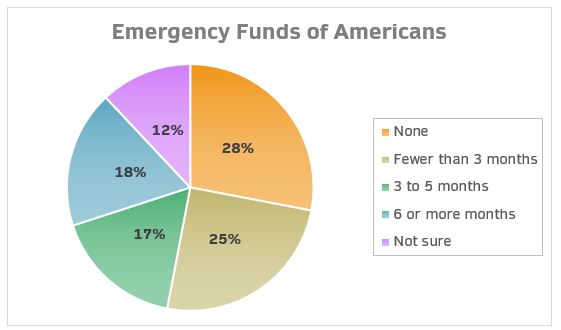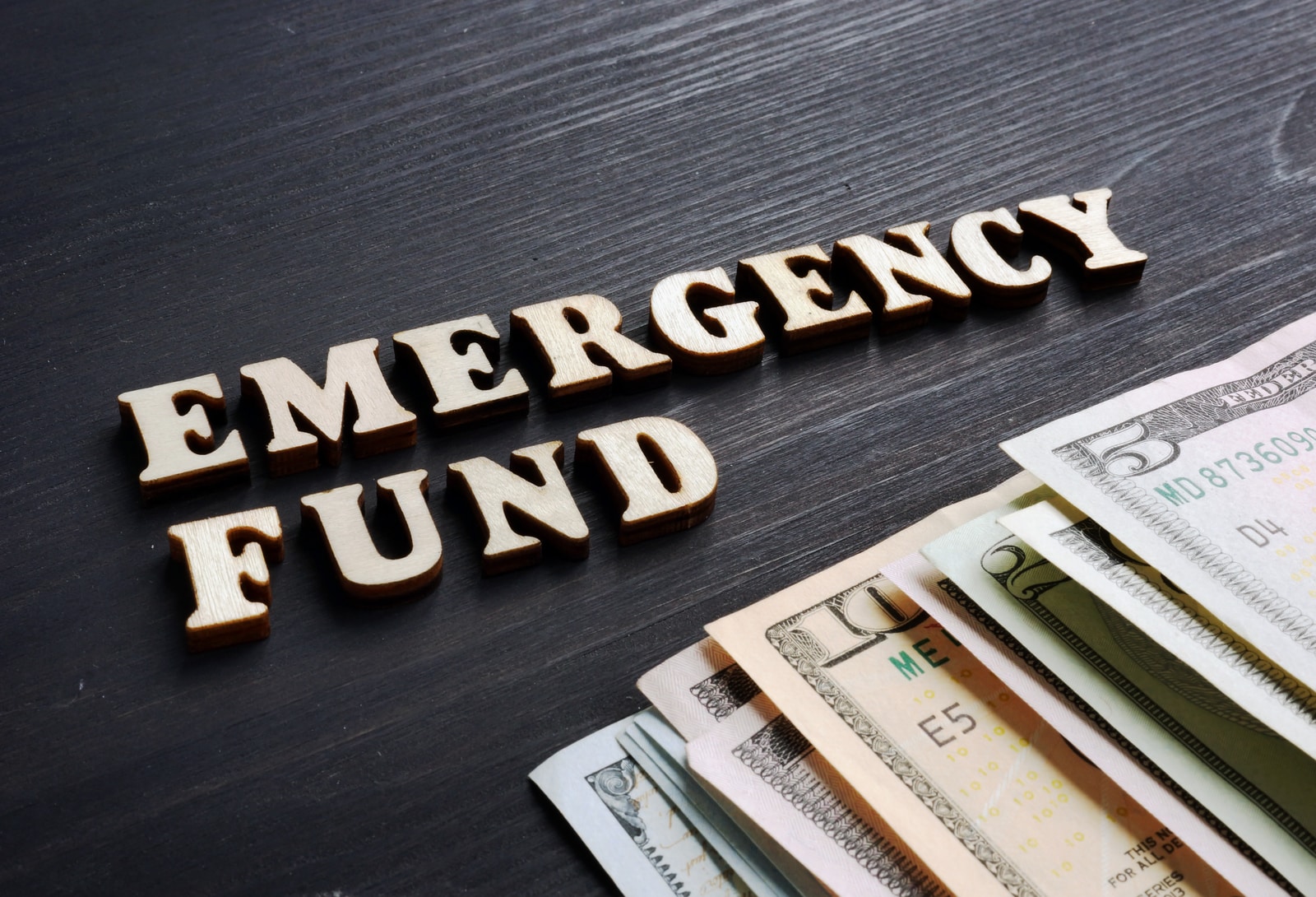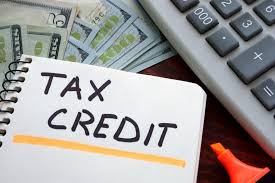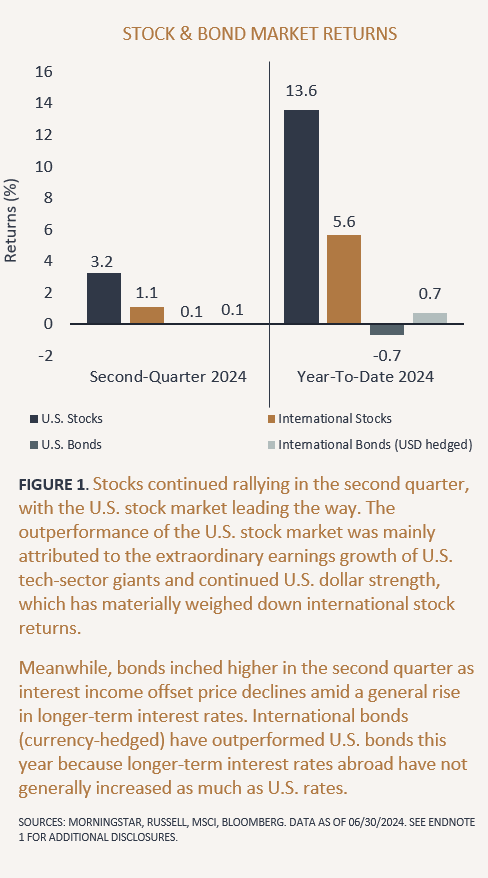Life is unpredictable, and financial surprises can happen at any time. Whether it’s a sudden medical expense, car repair, or unexpected job loss, having an emergency fund can provide the financial security you need to weather life’s storms. If you don’t already have one, now is the perfect time to start building it. In this guide, we’ll explore why an emergency fund is essential and how you can start saving today.
Why You Need an Emergency Fund
An emergency fund acts as a financial safety net, helping you avoid debt and financial stress when unexpected expenses arise. Here are a few key reasons why having one is crucial:
- Protects You from Debt – Without savings, you might rely on credit cards or loans, which can lead to costly interest payments and long-term financial strain.
- Reduces Stress and Anxiety – Knowing you have a financial cushion allows you to handle emergencies calmly and confidently.
- Provides Financial Independence – An emergency fund gives you the flexibility to handle financial setbacks without depending on family, friends, or lenders.
- Prepares You for Job Loss – If you lose your job, an emergency fund can help cover your expenses while you search for new employment.

How to Build an Emergency Fund
Building an emergency fund doesn’t happen overnight, but with consistency and discipline, you can establish a solid financial cushion. Follow these steps to get started:
1. Set a Savings Goal
Financial experts recommend saving three to six months’ worth of living expenses. Start by calculating your essential monthly expenses, including rent, utilities, groceries, insurance, and debt payments. This will give you a clear target to work toward.
2. Start Small and Be Consistent
If saving several months’ worth of expenses seems overwhelming, start with a smaller goal—such as $500 or $1,000—and gradually increase it over time. Even setting aside $10 to $50 per week can add up quickly.
3. Automate Your Savings
Set up automatic transfers from your checking account to a dedicated savings account. This ensures that you prioritize savings without having to think about it.
4. Cut Unnecessary Expenses
Identify areas where you can cut back on spending—such as dining out, subscription services, or impulse purchases—and redirect that money toward your emergency fund.
5. Use Windfalls Wisely
Whenever you receive unexpected money, such as a tax refund, work bonus, or monetary gift, consider putting a portion (or all) of it into your emergency fund.
6. Keep Your Fund Accessible but Separate
Your emergency fund should be easily accessible in case of urgent need, but not so accessible that you’re tempted to spend it on non-emergencies. A high-yield savings account is a great option for keeping your money safe while earning some interest.
When to Use Your Emergency Fund
Your emergency fund should be reserved for true financial emergencies, such as:
- Unforeseen medical expenses
- Urgent home or car repairs
- Sudden job loss or income reduction
- Essential travel for family emergencies
Avoid dipping into your emergency fund for non-essential expenses like vacations, shopping, or luxury purchases.
Final Thoughts
Building an emergency fund is one of the most important steps you can take toward financial stability. By setting a goal, saving consistently, and keeping your fund separate from everyday spending, you’ll be prepared for whatever life throws your way. Start today, and give yourself the peace of mind that comes with financial security!






Leave a Reply